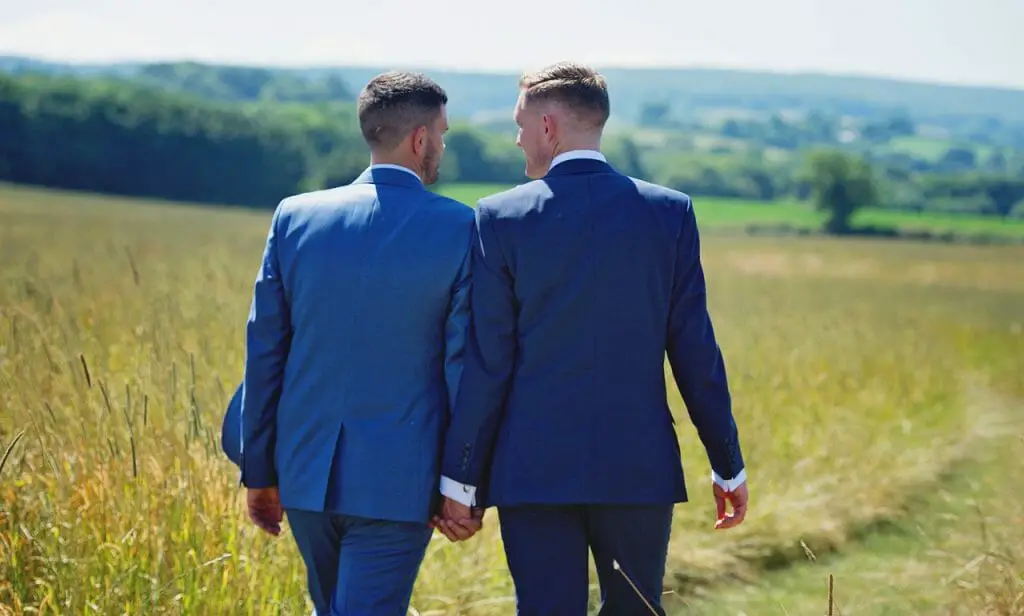One of the most important aspects of a young person’s identity that they have to navigate is their sexual orientation and gender. As society becomes increasingly accepting of the diversity within it, youth are exposed to different sexual orientations and genders at an early age.
A critical development task for children maturing into teens and tweens is to be able to understand and express sexual orientation and gender and to develop related identities.
It is not uncommon to have youth not sure of their sexual orientation, when their peers may have been clear about it since childhood and have expressed it since a young age.1 Similarly, being able to express and explore gender identity and roles is also a part of normal development.2

You might like to read: LGBTQ Workers’ Protection – All You Need To Know
Understanding and expressing one’s gender identity and sexual orientation is very unique to everyone. Also, it is not a one-time event and things can change over time. Factors like personal, cultural, and social experiences may influence how one expresses their sexual orientation and gender identity.3
Unfortunately, lesbian, gay, bisexual, transgender, queer, intersex, and asexual (LGBTIA) youth experience different kinds of challenges because of how others respond to their sexual orientation or gender identity and its expression.
It is also likely that they have not been guided as to how to handle those challenges, as and when they come. This is also true for youth who are still discovering or questioning their sexual orientation or gender identity. Or, the youth who may be perceived as LGBTQIA or gender variant by others. In fact, gender-variant youth may not necessarily be LGBTQIA.
In fact, any youth who does not fit typical social expectations for his or her mannerisms, behavior, or choice of clothing based on birth-assigned gender, for example, can be considered “gender variant.” This does not mean the youth is LGBTQIA — or identifies as a gender different from what he or she was assigned at birth (i.e., transgender).

You might like to read: Caregiving and the LGBTQ Community
A landmark 2011 Institute of Medicine (IOM) report reviewed research on the health of LGBTQIA individuals, including youth. Although this research is limited, the IOM report found that “the disparities in both mental and physical health that are seen between LGBTQIA and heterosexual and non-gender-variant youth are influenced largely by their experiences of stigma and discrimination during the development of their sexual orientation and gender identity.”5
These negative experiences include high rates of physical and emotional bias and violence; rejection by families and peers; and inadequate support systems in schools, employment, and communities because of their sexual orientation and gender identity/expression.
Stress associated with these experiences can put LGBTQIA young people at risk for negative health outcomes. Research shows that due to these environmental challenges, LGBTQIA youth are at risk for negative health outcomes and are more likely to attempt suicide, experience homelessness, and use illegal drugs.6 These issues may also contribute to anxiety, depressive symptoms, and feelings of isolation.
Youth who express their gender in ways that vary from societal expectations for their perceived sex or gender are at risk for high levels of childhood physical, psychological, and sexual abuse.7 They are also at risk for school victimization.8 As a result, they may have poorer well-being than lesbian, gay, and bisexual peers whose gender expression is more closely aligned with societal expectations.9
To date, most research on LGBTQIA youth has focused on the risk factors and disparities they experience compared with youth who are not LGBTQIA. However, emerging research on resiliency and protective factors offers a strength-based focus on LGBTQIA youths’ well-being.
Addressing LGBTQIA-related stigma, discrimination, and violence; building on the strengths of LGBTQIA youth; and fostering supports such as family acceptance and safe, affirming environments in schools and other settings will help improve outcomes for LGBTQIA young people.
Federal and local policies and practices increasingly acknowledge and focus on the experiences and needs of LGBTQIA youth. Numerous national advocacy and other organizations are also giving greater attention to LGBTQIA youth in their work.10
You might like to read: Sexual Harassment: Not Much Has Changed in the Last 10 Years
Fostering safe, affirming communities and youth-serving settings such as schools for all youth requires efforts to address the challenges faced by LGBTQIA youth. At the same time, it is also important to acknowledge and build on the strengths, resilience, and factors that protect LGBTQIA youth from risks, such as connection to caring adults and peers and family acceptance.
1 Institute of Medicine, 2011; Poirier, Fisher, Hunt, & Bearse, 2014
2 Institute of Medicine, 2011; Poirier, Fisher, Hunt, & Bearse, 2014
3 Poirier, Fisher, Hunt, & Bearse, 2014
5 Institute of Medicine, 2011, p. 142
6 Hunter & Schaecher, 1987; Reis, 1999; Reis & Saewyc, 1999; Ray, 2006; Ryan, Huebner, Diaz, & Sanchez, 2009; SAMHSA, 2014
7 Roberts, Rosario, Corliss, Koenen, & Austin, 2012
8 Toomey, Ryan, Diaz, & Russell, 2010
9 Rieger & Savin-Williams, 2012
10 American Association of School Administrators et al., n.d.; National Association of School Nurses, 2003; National Association of School Psychologists, 2006
